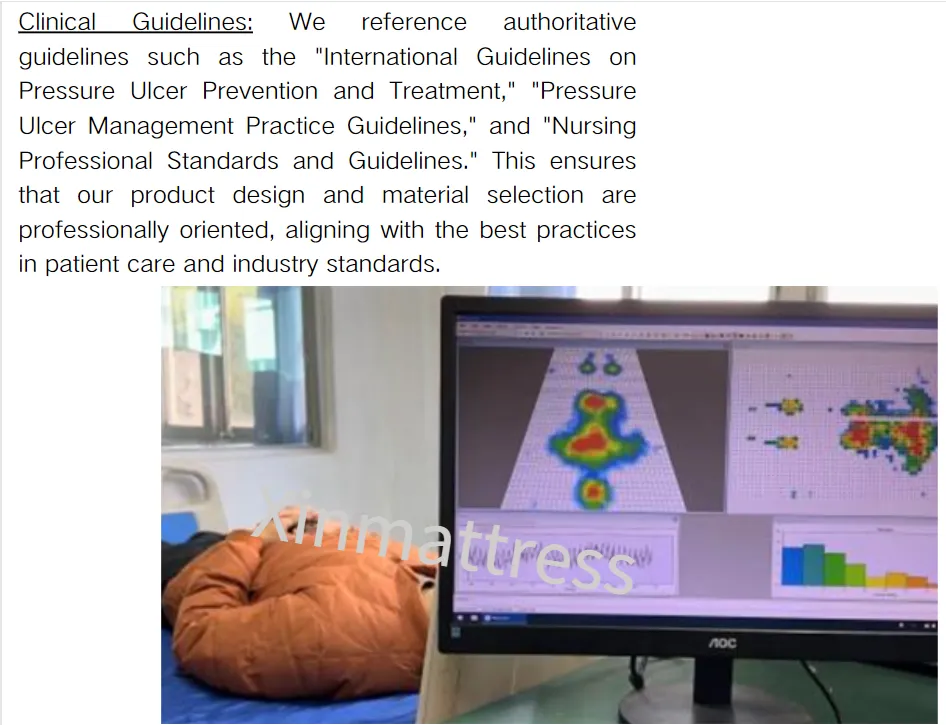Explore the Best Medical Bed Pads for Comfort and Protection in Healthcare Settings
Understanding Medical Bed Pads Importance, Types, and Benefits
Medical bed pads, often referred to as bed protectors or incontinence pads, play a crucial role in the healthcare sector, especially for individuals with mobility issues, the elderly, or those recovering from surgery. Designed to offer practicality and comfort, these pads provide a barrier between the mattress and bodily fluids, thereby promoting hygiene and maintaining the longevity of bedding.
Importance of Medical Bed Pads
The primary purpose of medical bed pads is to protect mattresses from incontinence, bedsores, and spills. For individuals who may be bedridden or have limited mobility, the risk of incontinence increases, leading to not just discomfort but also potential health complications. Bed pads help manage these risks effectively. They absorb moisture, preventing it from reaching the mattress and causing damage or fostering an environment conducive to bacterial growth. Furthermore, in clinical settings, they are essential for infection control, ensuring a steriler and safer environment for patients.
Types of Medical Bed Pads
Medical bed pads come in various types, each tailored to specific needs and situations
1. Disposable Bed Pads These are single-use pads that are typically made from absorbent materials and plastic backing to prevent leaks. They are convenient in settings such as hospitals and long-term care facilities, where hygiene is paramount. Disposable pads are an excellent choice for those who prioritize ease of use and cleanup.
2. Reusable Bed Pads Also known as washable bed pads, these are designed for multiple uses, making them cost-effective and environmentally friendly. They are typically made from absorbent fabric and a waterproof backing, allowing for comfort and protection. Users can wash and dry these pads, maintaining their effectiveness over time.
3. Pressure Relief Pads These pads are designed not only to absorb moisture but also to alleviate pressure points for individuals who are bedridden. They often come with additional cushioning and are used to prevent bedsores, promoting skin integrity and comfort.
medical bed pads products

4. Specialty Bed Pads These include pads infused with antimicrobial properties or odor control features, catering to specific medical needs. They might be recommended for patients with severe incontinence issues or those at higher risk for skin breakdown.
Benefits of Using Medical Bed Pads
The use of medical bed pads offers several advantages beyond mere protection for the mattress
- Enhanced Comfort For patients, the comfort provided by a well-chosen bed pad can significantly improve their quality of life. Waterproof and breathable materials help regulate temperature and wick away moisture, ensuring a more pleasant sleep experience.
- Easy Maintenance With disposable pads, cleanup is straightforward, while reusable pads provide an economical option for long-term care. Most pads are machine washable, making them easy to maintain.
- Reduced Risk of Infections By keeping the surface dry and minimizing exposure to moisture, bed pads help lower the risk of skin infections and urinary tract infections, particularly in vulnerable populations.
- Cost-Effectiveness Although there might be an initial investment, reusable bed pads can lead to significant savings over time, making them an attractive option for families and care facilities.
Conclusion
In summary, medical bed pads are indispensable tools in promoting hygiene, comfort, and health in various settings, particularly for individuals experiencing incontinence or limited mobility. With different types available, users can select options that best suit their needs, ensuring that both patients and caregivers enjoy peace of mind. By prioritizing the use of high-quality medical bed pads, caregivers can enhance the well-being of those they care for, making daily life much more manageable.
-
The Therapeutic Impact of Pressure Relieving Mattresses on Stage I and Stage II Pressure UlcersNewsMay.12,2025
-
The Role of Pressure Relieving Mattresses in Alleviating Pressure on Bony ProminencesNewsMay.12,2025
-
The Critical Role of Pressure Relieving Mattresses in Preventing Pressure UlcersNewsMay.12,2025
-
Technological Variations in Modern Pressure Relief MattressNewsMay.12,2025
-
Microclimate Management and Additional Protective Features of Pressure Relief MattressNewsMay.12,2025
-
How Pressure Relieving Mattresses Revolutionize Pressure Ulcer Management in Early StagesNewsMay.12,2025
-
The Evolution of Healthcare Mattress Technology in Medical SettingsNewsMay.07,2025

